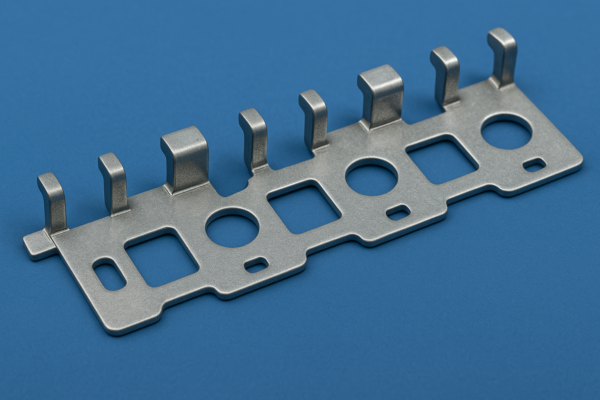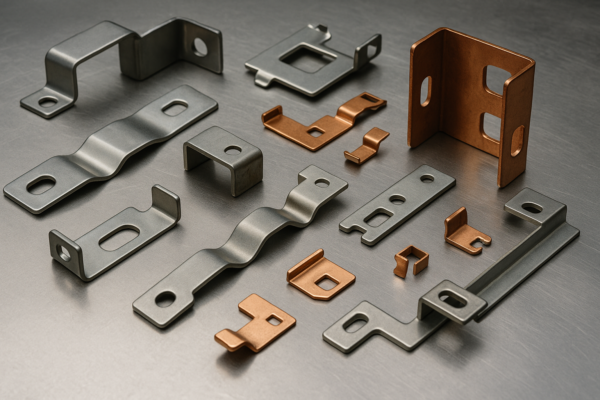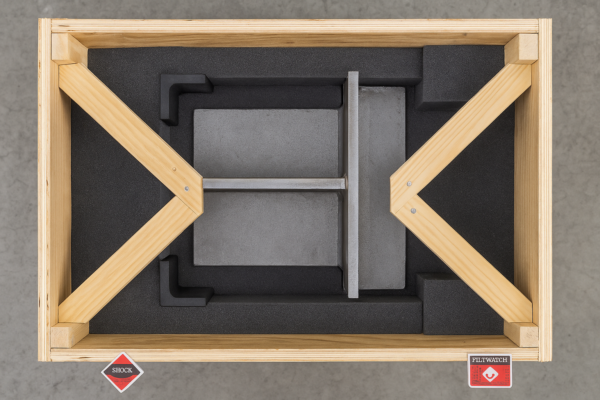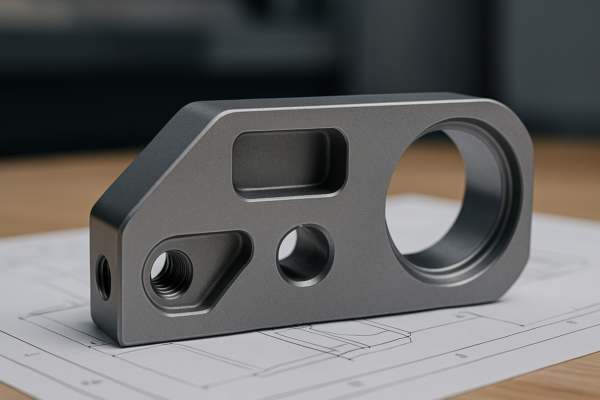What Are the Flaws in Forging?
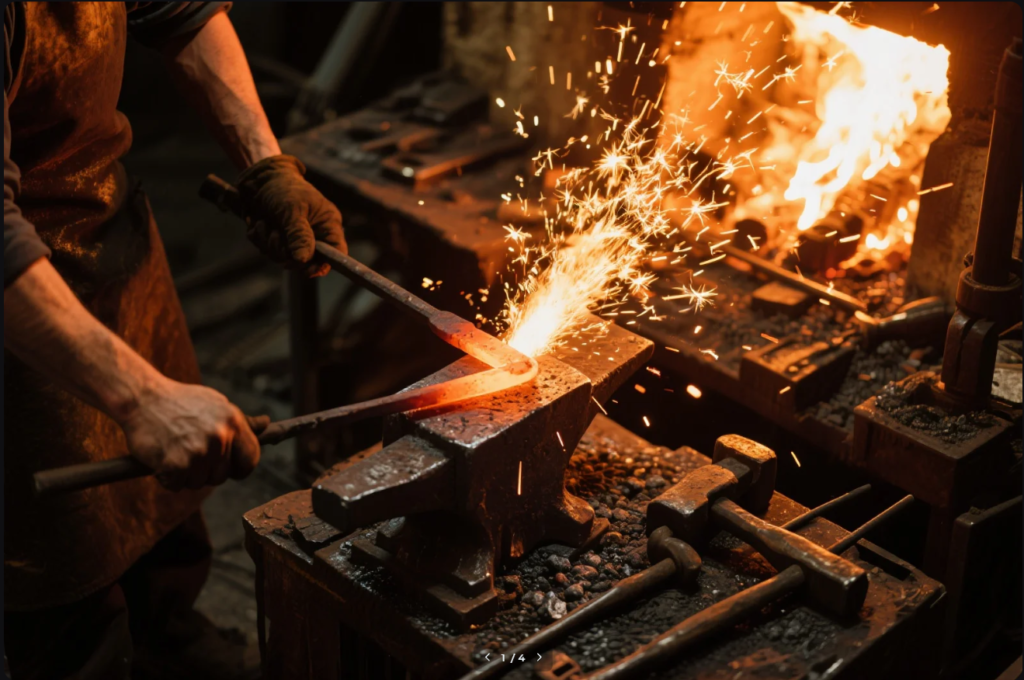
Forging promises strength—but it’s not immune to flaws.
Despite its advantages, forging can produce defects like cracks, laps, and misalignment—especially without proper control over temperature, dies, and force application.
Understanding forging flaws helps buyers ask the right questions and choose reliable suppliers. Let’s break down where things go wrong—and how to avoid them.
What Are the Failures of Forging?
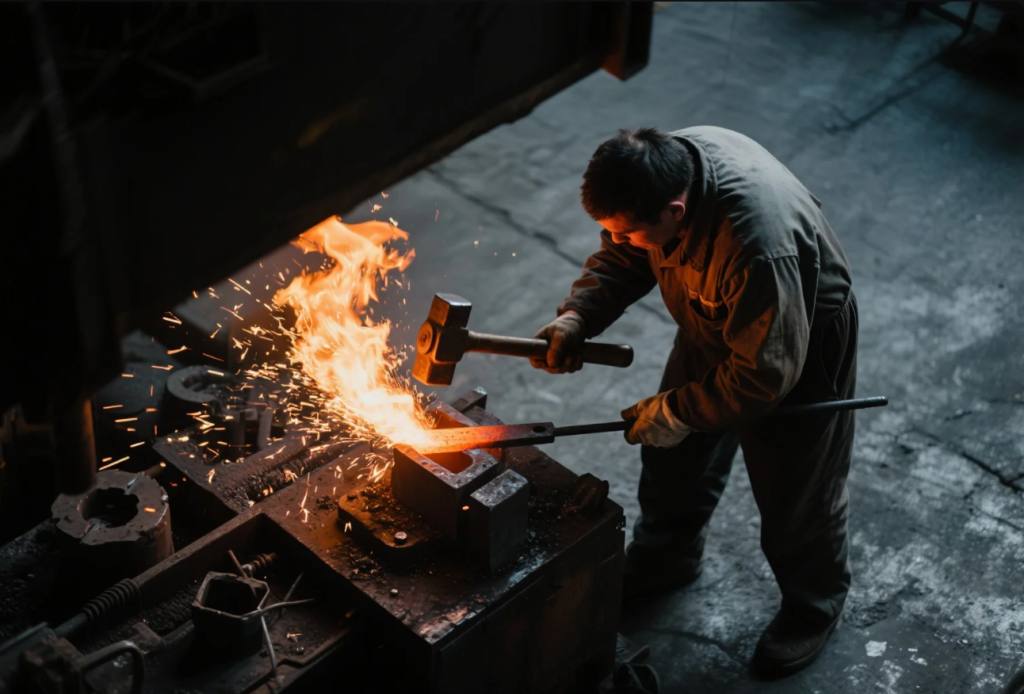
Even with precision tools, forging can fail—silently or visibly.
Cracks, incomplete filling, and fiber flow disruptions are common signs of forging failure.
Primary Forging Failures
| Failure Type | Description | Root Cause |
|---|---|---|
| Internal Cracks | Cracks hidden inside the part | Excessive or uneven pressure |
| Cold Shuts | Weak seams from incomplete metal fusion | Inadequate heating |
| Mismatched Dies | Shape errors due to die misalignment | Tooling or human error |
| Fiber Flow Distortion | Grain misdirection, weakens part strength | Incorrect forging direction |
Prevention Starts with Process
At Prime, we use thermal imaging, simulation, and digital die alignment to reduce failure rates by over 90%.
What Is the Risk of Forging?
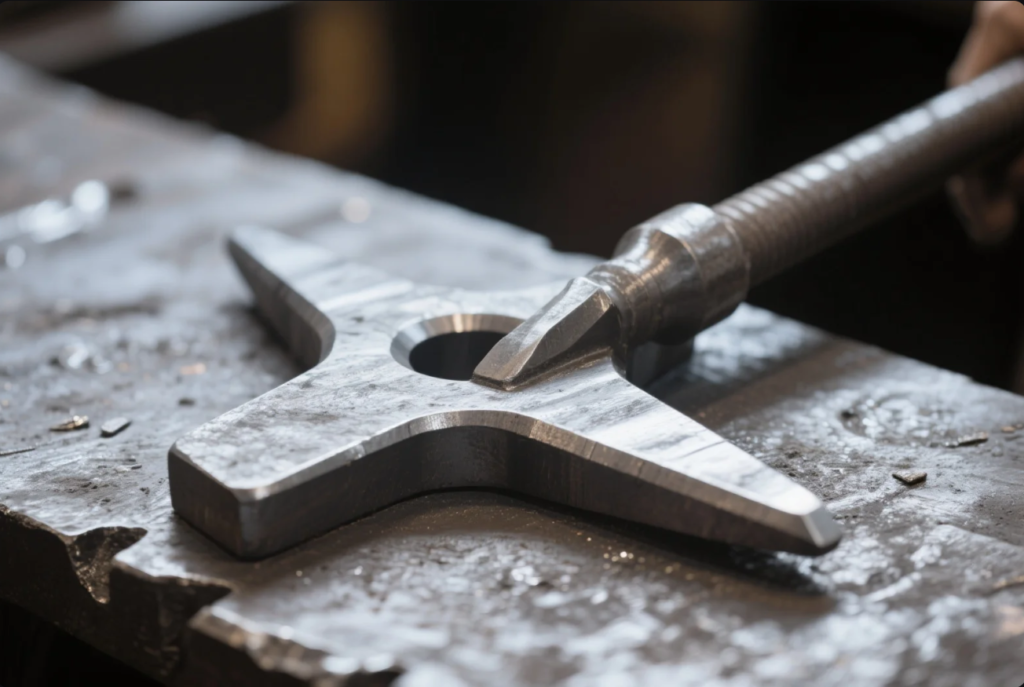
Forging is powerful—but it’s not risk-free.
The main risks of forging include material waste, safety hazards, and final product inconsistency.
Operational Risks of Forging
-
Die Wear and Fatigue
Worn dies can lead to dimensional inaccuracy. -
Overheating or Underheating
Improper temps cause burns, scaling, or flow defects. -
Worker Safety
Mishandling hot billets or improper PPE can lead to serious injury. -
Defective Batches
Without strict QC, entire lots can be scrapped due to minor errors.
How Prime Mitigates Risk
- Real-time temperature control
- Automated robotic handling
- Batch-level traceability
- ISO 9001:2015 compliance in all operations
Which Quality Problem Occurs With Forgings?
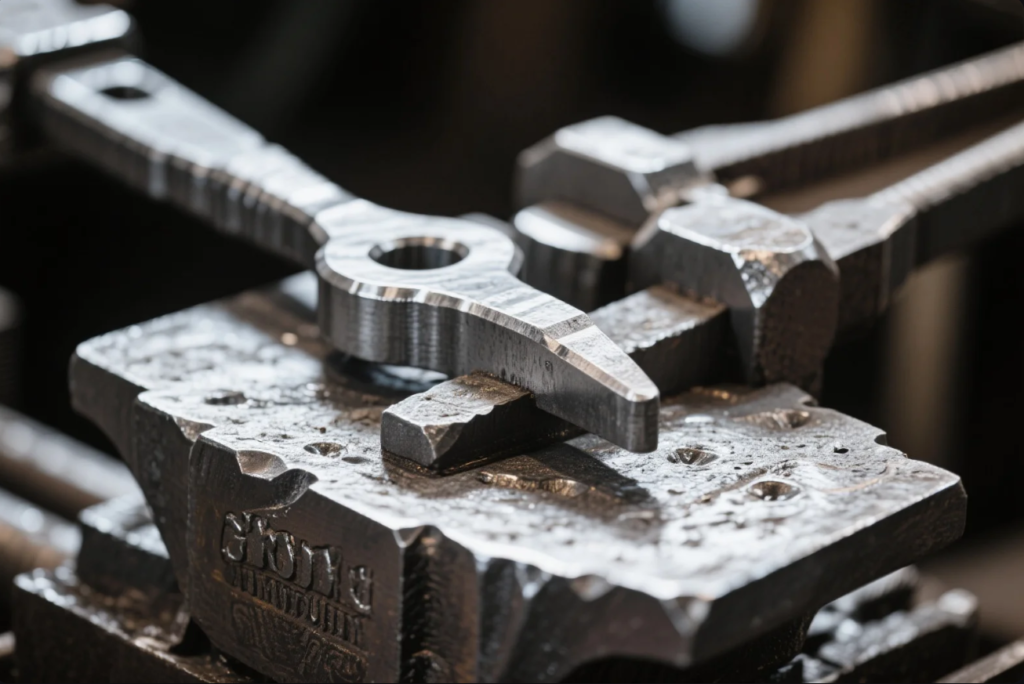
The most reported issue? Surface and dimensional inconsistencies.
Laps, scale pits, flash, and underfills are the most common quality problems in forgings.
Common Quality Problems
| Problem | Cause | Effect on Part |
|---|---|---|
| Laps | Excessive or misdirected flow | Weak folds on surface |
| Scale Pits | Oxidation at high heat | Surface roughness or voids |
| Excessive Flash | Poor die fit | Material waste, rework needed |
| Underfill | Incomplete die filling | Misshaped or weakened parts |
At Prime, each part is visually inspected and checked with CNC measurement tools before packaging.
What Are Some Common Defects That Can Occur During the Forging Process?
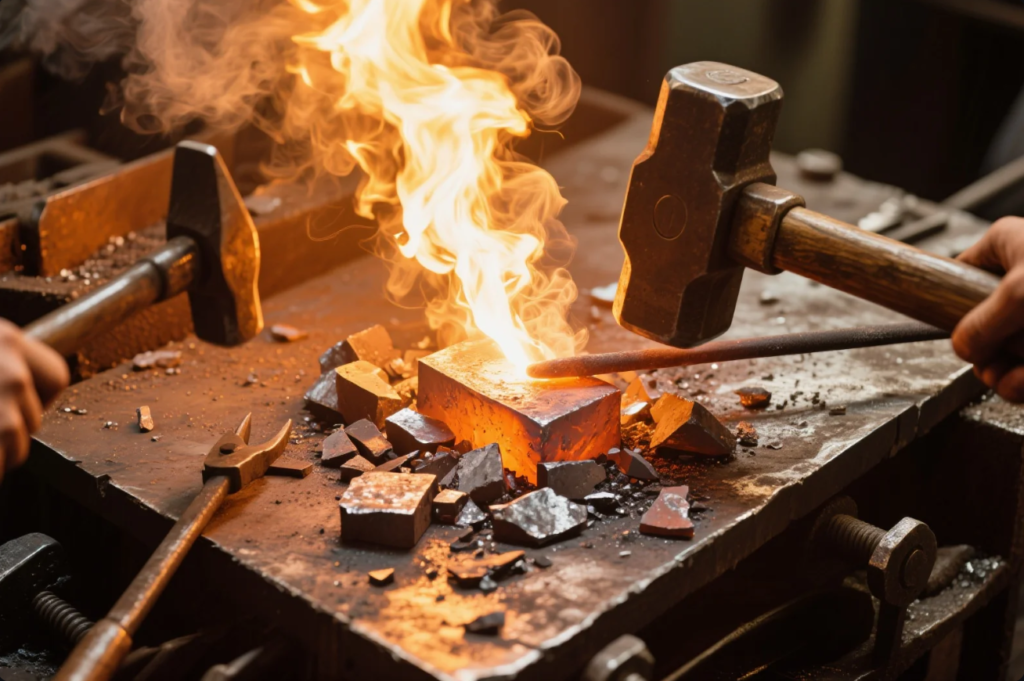
Knowing the defects helps prevent them.
Surface cracks, improper grain flow, and inclusions often stem from either material issues or process lapses.
Forging Defect Types
| Defect Name | Visual Clue | Underlying Cause |
|---|---|---|
| Cracks | Fine lines, often angular | Poor ductility or overpressure |
| Inclusions | Dull spots or weak zones | Non-metallic impurities |
| Shear Bands | Localized zones of deformation | Uneven pressure application |
| Double Impression | Overlapping features | Die slip during forging |
Quality Control Methods at Prime
- Ultrasonic flaw detection
- Die simulation using CAD/CAM
- Material certificate validation (ISO standards)
- Pre- and post-forging hardness testing
Our defect rejection rate is under 1.2% across 10 production lines.
FAQ
Q1: Can forged parts be repaired if a flaw is found?
A1: Minor surface flaws like flash or laps can be removed or corrected through machining. But internal cracks or misaligned grain flow usually require part rejection.
Q2: How does Prime detect hidden forging defects?
A2: We use ultrasonic and magnetic particle testing to catch invisible flaws, especially in safety-critical parts like automotive and aerospace components.
Q3: What’s the difference between a crack and a lap in forging?
A3: A crack is a fracture due to stress, while a lap is a fold or crease where metal didn’t properly flow, often caused by tool misalignment or wrong temperature.
Q4: Do forging flaws affect product lifespan?
A4: Yes. Surface and internal defects can reduce fatigue strength and increase risk of failure under load, especially in rotating or pressure-bearing components.
Q5: How can I ensure I don’t receive defective forgings?
A5: Choose certified suppliers like Prime that use ISO quality systems, full traceability, and provide third-party inspection reports on request.
Conclusion
Forging offers outstanding durability—but only when quality controls are in place to eliminate flaws like cracks, laps, and inclusions.
Need high-quality forged parts with low rejection rates?
At Shandong Prime International Trade Co., Ltd., we produce precision forgings with real-time QC, ISO-certified procedures, and over 20 years of export experience.
📧 Email: [email protected]
🌐 Website: https://primecustomparts.com

